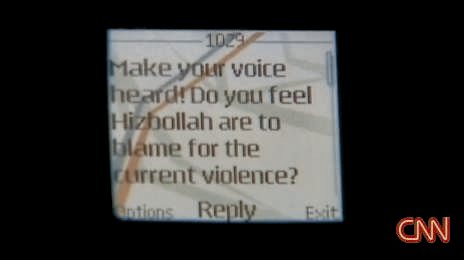I'm home for Christmas in New Mexico and these guys showed up in my backyard a few days ago. They actually came all the way up to my house. When I was growing up I'd never see coyotes. Once in a while their space alien howls could be heard in the distance, but that was the extent of their presence. Now I see them frequently; the pack basks on the asphalt of the street. One night I was awoken to the group wrestling under my window sill.
Our neighborhood has certainly changed since my family moved up to Cedar Crest 14 years ago. It used to be that when you looked out the living room window all you would see would be the mountains. The view's still good, but now there are four or five houses that have crept into the periphery of the landscape. With the development came the animals. First there were three foot tall jackrabbits and when they inexplicably disappeared the coyotes showed up.
I've heard the megafauna horror stories before. For some reason they usually evolve around mountain lions and joggers. We've had bears swipe up a few of our pets in the dead of night. Our pet sheep and goats now live behind a perimeter of barbed wire and electricity. Our cats don't go too far beyond our deck.
However, coyotes are a little different. They're the wily tricksters of the animal kingdom. They've learned to adapt to their new human neighbors and have actually thrived. While the gray wolf is nearly extinct in the continental United States, the coyote has grown in numbers. The animal used to only reside west of the Mississippi, but over the last 50 years has made it all the way east to Maine. One even ended up in Central Park.
What does the future hold? America's landscape grows increasingly suburban. How close can we safely cohabitate? It all depends on the perception of humans. We're the alpha creatures so we call the shots. Coyotes can be a nuisance when it comes to our pets and livestock. We're quick to set the trap or pull the trigger, but when I watch that pack frolic in the snow, those tendencies cease to carry weight. I get a feeling that is more emotional than rational. It's the mixture of magic and importance of encountering something wild in an ever civilized world.














